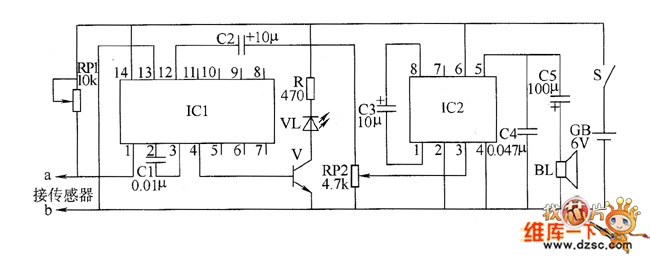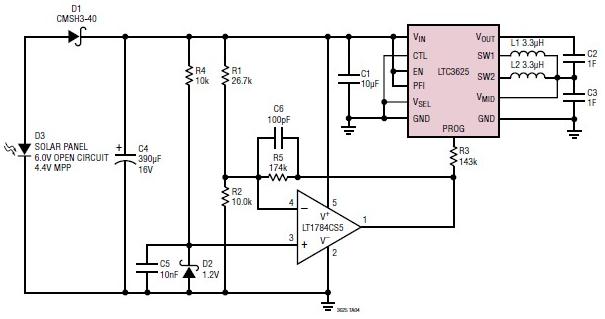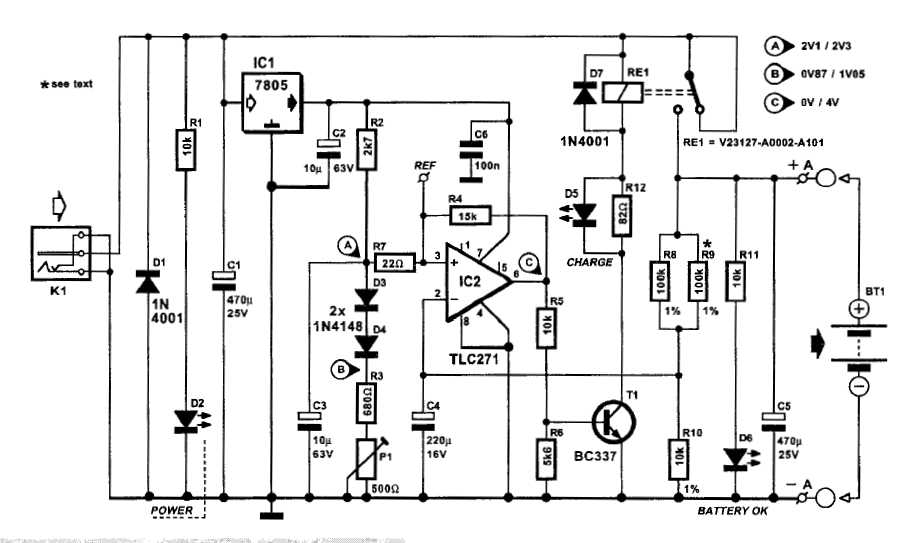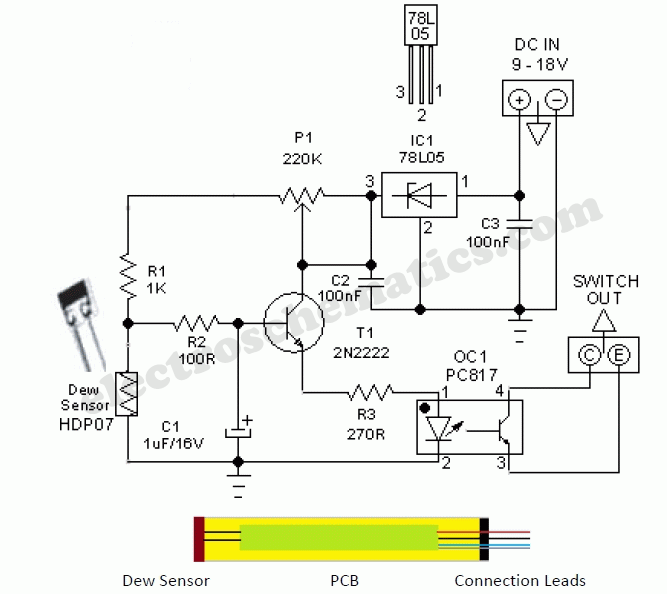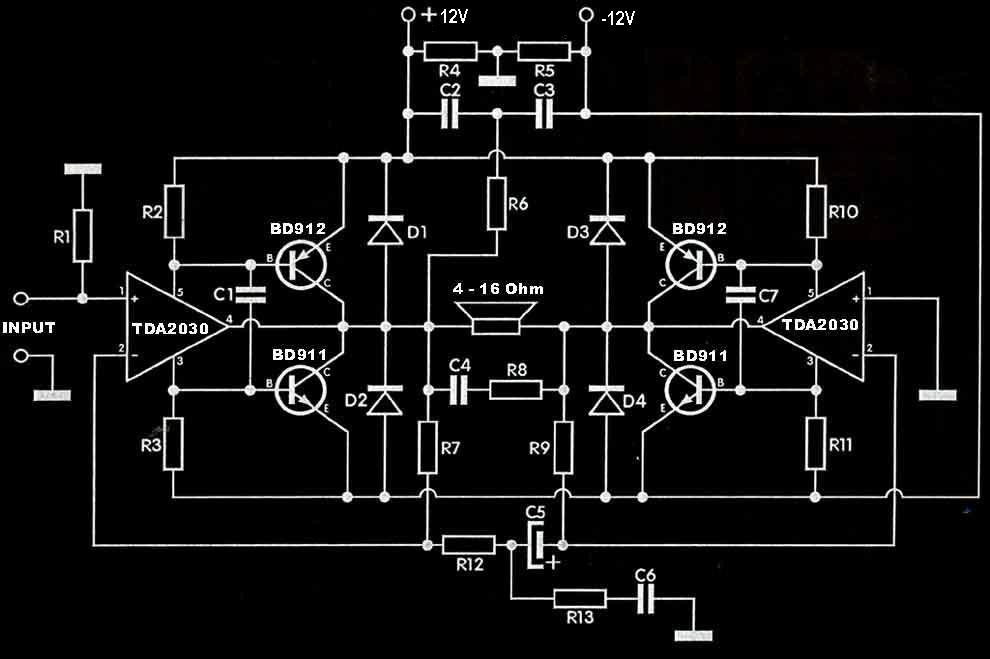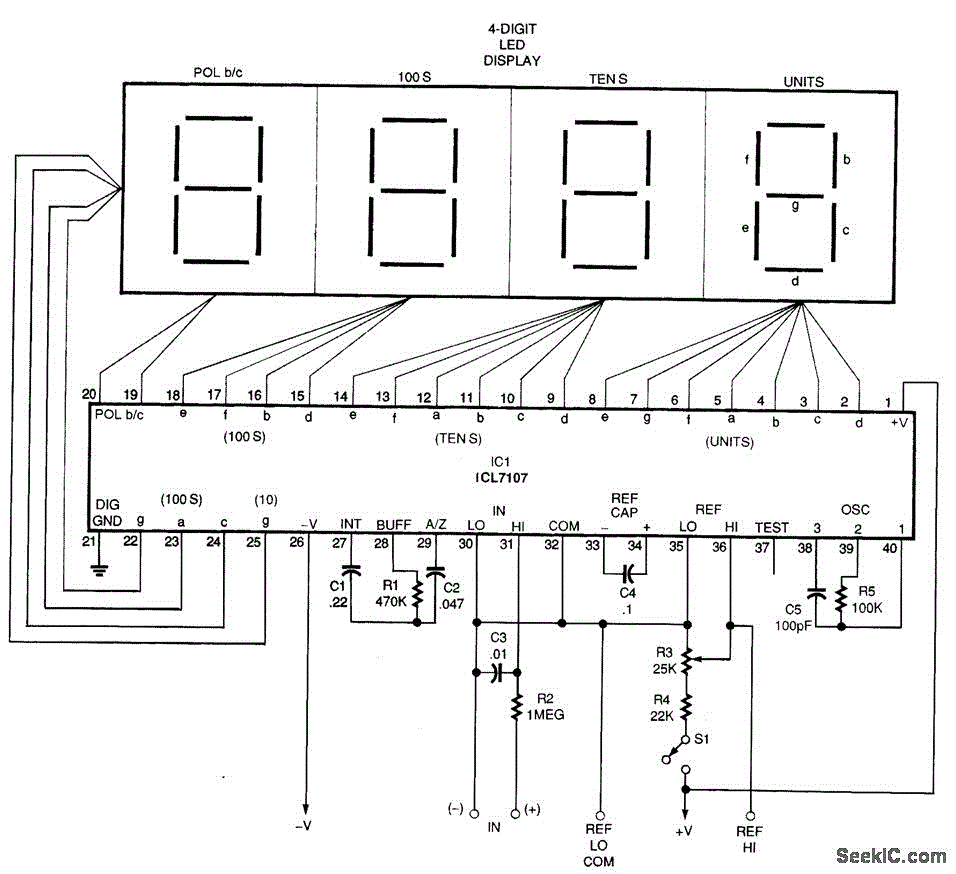
A non-contact automatic flashing lights circuit
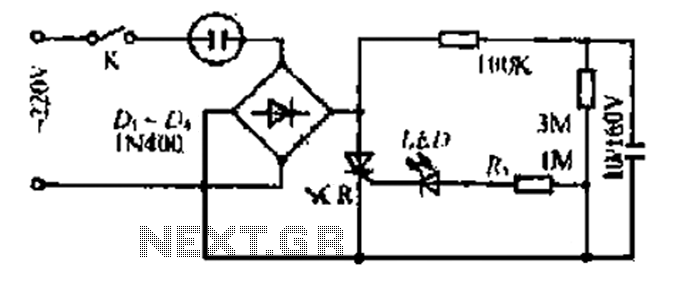
20V child-friendly power supply circuit for a foreign vine wine light, including a bulb and plug. The circuit features a bridge rectifier. The lamp access point is designed for a 10-100W bulb with a compact size. The output is managed by a triac that controls the release of current. The circuit includes resistors (R), capacitors (C1, C2), and a rectifier to regulate output voltage. The SCR gate discharges, activating the SCR to illuminate the lamp. The current voltage crosses zero, turning off the SCR and allowing the cycle to repeat, resulting in a flashing light effect. The interval time of the flashing can be adjusted through specific components.
The described circuit is a 20V power supply designed for a child-friendly application, particularly for illuminating a decorative light associated with foreign vine wine themes. The circuit employs a bridge rectifier to convert alternating current (AC) to direct current (DC), ensuring a stable power supply for the lamp. The inclusion of a triac allows for effective control of the current flow to the lamp, enabling dimming and flashing effects.
The circuit's architecture consists of several key components: a series of resistors (R), capacitors (C1, C2), and a silicon-controlled rectifier (SCR). The resistors are utilized to limit current and set voltage levels throughout the circuit, while the capacitors serve to smooth out fluctuations in the output voltage, providing a more stable operation.
The SCR plays a crucial role in the operation of the lamp. When the gate of the SCR is triggered by the discharge from C2, the SCR turns on, allowing current to flow through the lamp and illuminate it. The design ensures that the SCR remains on until the current drops to zero, at which point it turns off, creating a flashing effect. This zero-crossing feature is significant as it minimizes electrical noise and potential flickering in the lamp.
The flashing interval of the lamp can be adjusted by modifying the values of the resistors and capacitors in the circuit. This flexibility allows for customization of the flashing pattern, enhancing the aesthetic appeal of the light. Overall, this circuit is suitable for decorative applications where a child-friendly design is paramount, combining functionality with visual charm.20V child fS/iff power over a foreign vine wine Kiiit, bulb and plug Mount the bridge rectifier circuit. Poke seat access lamp LL n © number ur using 10- IOOW front with a smal l size. Kui stream output lm termination triac Sci m by releasing member .! Touch redundant circuit Torr, R, R, Cl C2 composed towel in c people capacity rectifier output voltage through R j Sh [ : charging, when the island Jl: cockroach end electric charge to set a plan when, CzMdR: iuJSCR gate discharge, SCR is turned on, the lamp is lit J sac. Organisation current voltage zero crossing. SCR blocking the light is off, the island charge again i had called the process repeated setbacks lights flashing light.
Sheet sparkle spider interval time can be had by coups and foot bundle adjustment.
The described circuit is a 20V power supply designed for a child-friendly application, particularly for illuminating a decorative light associated with foreign vine wine themes. The circuit employs a bridge rectifier to convert alternating current (AC) to direct current (DC), ensuring a stable power supply for the lamp. The inclusion of a triac allows for effective control of the current flow to the lamp, enabling dimming and flashing effects.
The circuit's architecture consists of several key components: a series of resistors (R), capacitors (C1, C2), and a silicon-controlled rectifier (SCR). The resistors are utilized to limit current and set voltage levels throughout the circuit, while the capacitors serve to smooth out fluctuations in the output voltage, providing a more stable operation.
The SCR plays a crucial role in the operation of the lamp. When the gate of the SCR is triggered by the discharge from C2, the SCR turns on, allowing current to flow through the lamp and illuminate it. The design ensures that the SCR remains on until the current drops to zero, at which point it turns off, creating a flashing effect. This zero-crossing feature is significant as it minimizes electrical noise and potential flickering in the lamp.
The flashing interval of the lamp can be adjusted by modifying the values of the resistors and capacitors in the circuit. This flexibility allows for customization of the flashing pattern, enhancing the aesthetic appeal of the light. Overall, this circuit is suitable for decorative applications where a child-friendly design is paramount, combining functionality with visual charm.20V child fS/iff power over a foreign vine wine Kiiit, bulb and plug Mount the bridge rectifier circuit. Poke seat access lamp LL n © number ur using 10- IOOW front with a smal l size. Kui stream output lm termination triac Sci m by releasing member .! Touch redundant circuit Torr, R, R, Cl C2 composed towel in c people capacity rectifier output voltage through R j Sh [ : charging, when the island Jl: cockroach end electric charge to set a plan when, CzMdR: iuJSCR gate discharge, SCR is turned on, the lamp is lit J sac. Organisation current voltage zero crossing. SCR blocking the light is off, the island charge again i had called the process repeated setbacks lights flashing light.
Sheet sparkle spider interval time can be had by coups and foot bundle adjustment.
